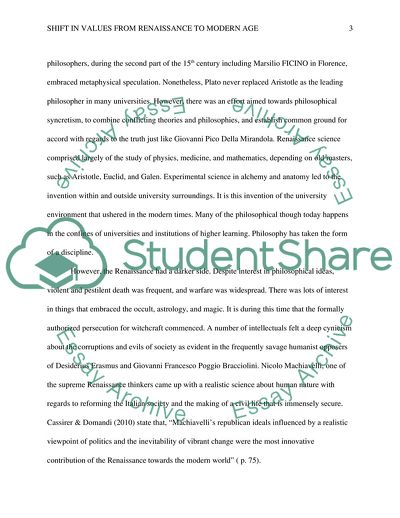Cite this document
(The Shift in Values From Renaissance to Modern Age Coursework Example | Topics and Well Written Essays - 2000 words - 1, n.d.)
The Shift in Values From Renaissance to Modern Age Coursework Example | Topics and Well Written Essays - 2000 words - 1. https://studentshare.org/philosophy/1794461-shifts-in-values-from-renaissance-to-modern-age
The Shift in Values From Renaissance to Modern Age Coursework Example | Topics and Well Written Essays - 2000 words - 1. https://studentshare.org/philosophy/1794461-shifts-in-values-from-renaissance-to-modern-age
(The Shift in Values From Renaissance to Modern Age Coursework Example | Topics and Well Written Essays - 2000 Words - 1)
The Shift in Values From Renaissance to Modern Age Coursework Example | Topics and Well Written Essays - 2000 Words - 1. https://studentshare.org/philosophy/1794461-shifts-in-values-from-renaissance-to-modern-age.
The Shift in Values From Renaissance to Modern Age Coursework Example | Topics and Well Written Essays - 2000 Words - 1. https://studentshare.org/philosophy/1794461-shifts-in-values-from-renaissance-to-modern-age.
“The Shift in Values From Renaissance to Modern Age Coursework Example | Topics and Well Written Essays - 2000 Words - 1”. https://studentshare.org/philosophy/1794461-shifts-in-values-from-renaissance-to-modern-age.


